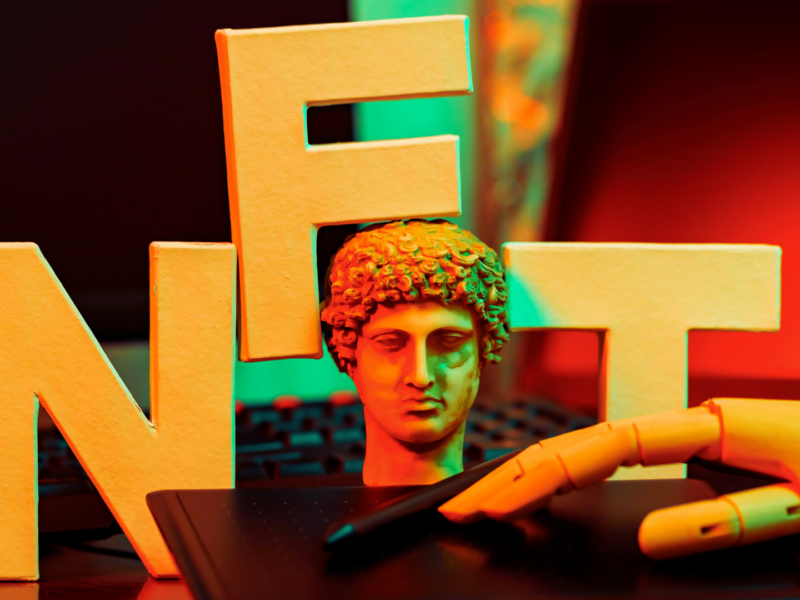- Non-fungible tokens (NFTs) are blockchain-based cryptographic tokens that represent unique digital assets.
- These tokens are allocated with a unique identification that further determines the proof of digital ownership.
Non-fungible tokens (NFTs) are one of the most revolutionary components in the world of blockchain. It has transformed traditional industries with its digital features and tokenization. These tokens are one of the disruptive elements that have vast potential to change the traditional finance system through decentralization. In this growing landscape, people often buy NFTs from scam links. It causes a big loss by draining a user’s wallet. The links provided by official websites are trustworthy and make your transactions more secure. This can be resolved by browsing verified collections.
What are Non-fungible Tokens (NFTs)?
Non-fungible Tokens (NFTs) are as indivisible as they are unique. They hold data stored in the form of assets that cannot be replicated into another identity. For instance, the assets you hold are registered in your name, which someone else cannot access due to their specific data. Non-fungible tokens work the same way. It holds a specific user’s ownership while maintaining its authenticity
NFTs are differentiated from one another by unique identifiers stored in the form of metadata and barcodes. NFT’s prototype is also referred to as colored coins, defining experimental assets developed over the blockchain network. NFTs are also created when a user wants to buy/sell a digital creation like art, music, content, photography, etc.
What are Verified Collections?
Verified collections are an artist made group of projects that are certified by a marketplace. These collections provide an easy way to verify that an artwork or collection really belongs to the owner who claims it does. Because of this, authentication can be done for an NFT by verifying its authenticity and uniqueness.
This can be understood as the biggest NFT marketplace, OpenSea, uses a blue badge to show that an account is verified. For this platform, requirements for verifications include criteria like trading volume and certain account metrics. This totally depends on the platform where you are browsing the NFTs and whether that platform is trustworthy or not.
While the OpenSea marketplace has other methods for verification, There are still some platforms that use traditional methods for NFT verification. This could be done by connecting your social media accounts, like Telegram or Twitter. This method provides verification badges to these collections, which specify a project’s or collection’s legitimacy.
Advantages of NFTs
- Having a secure and authentic value increases the chances of a successful project. Data manipulation of documents is very easy on the internet; hence, these NFTs provide a more secure way for the buyers.
- Being an NFT, these tokens contain unique data, which makes them different from any other non-fungible token with a simple verification. This leads to the creation of useless circulation of NFTs in the market.
- These NFTs can be traced back to their origin, verifying the creator who claims to be their owner. This unique identification code of NFTs carries the form of its origin. This leads to the possibility of authenticating a token on any platform, irrespective of the host.
- NFTs are generally encrypted and their owner is allowed to have a percentage of the amount every time a token is swapped or exchanged. 2.5 to 10% of the sale price is received by the owner.
- Since NFT is based on blockchain, it’s not dependent on any third-party platforms.
Conclusion
Within blockchain’s expanding universe, there are a lot of fraudulent activities like cyberthreats, scams and data tampering. One should always look out for a trustworthy option and check the legitimacy of an asset before making an investment. Always try to purchase or trade anything from a reliable site (mostly official) that provides the authenticity of a product and its verification. By doing this, you can potentially avoid massive losses.
